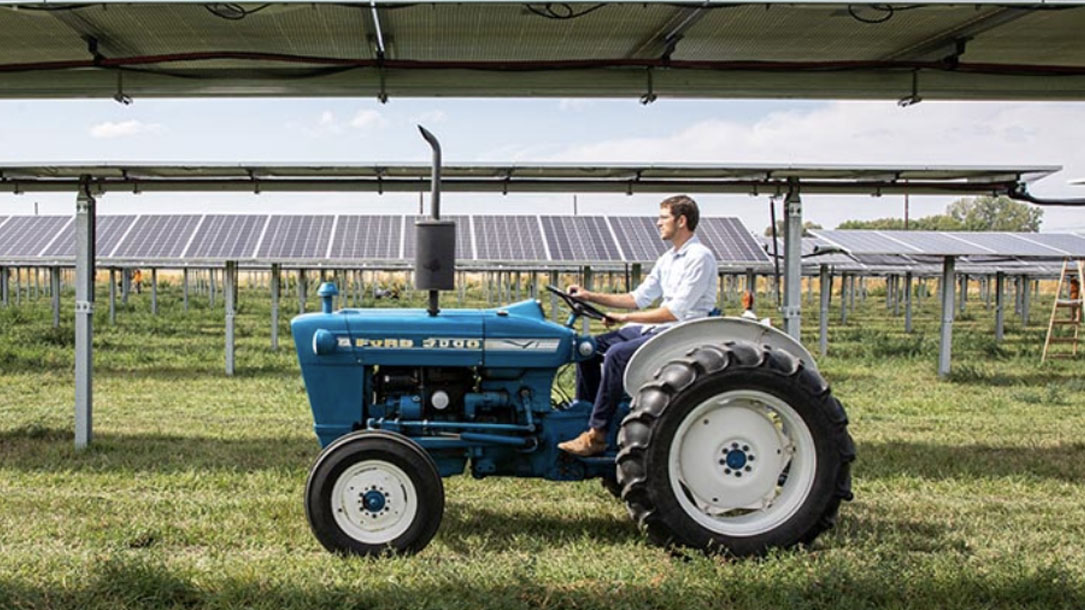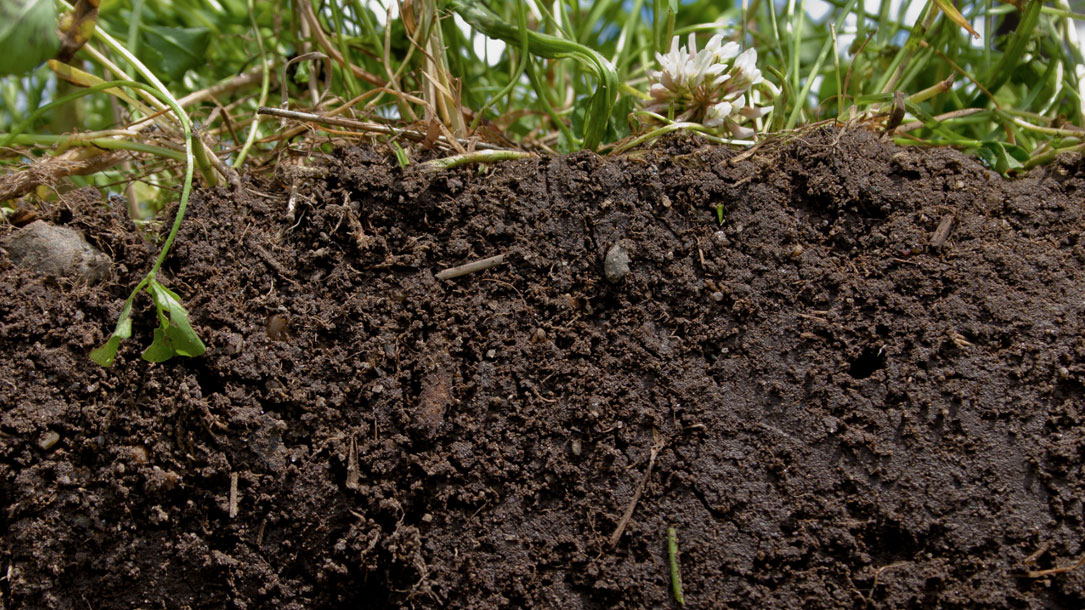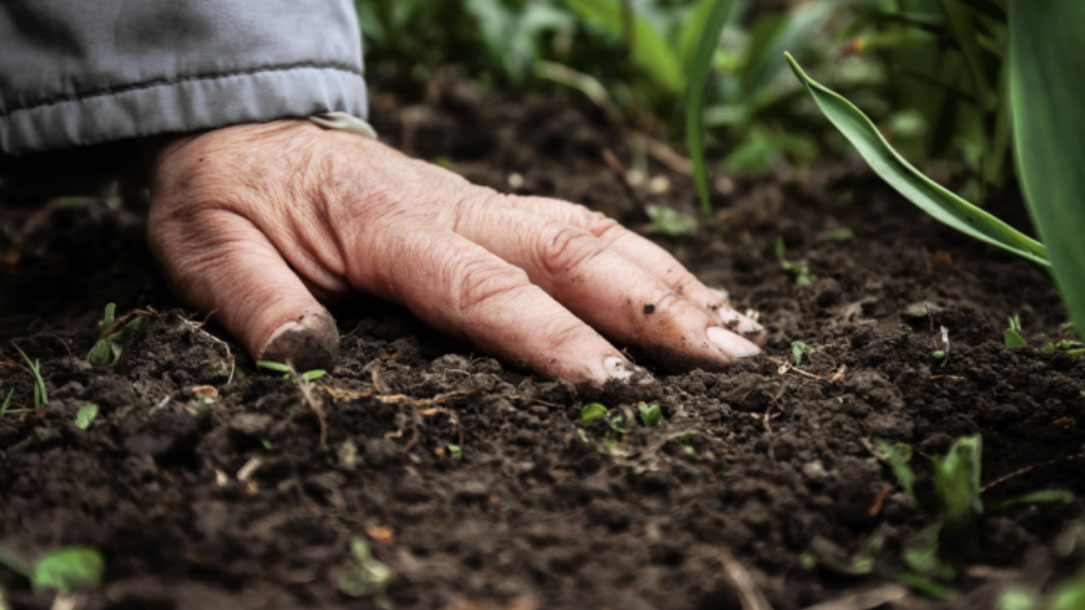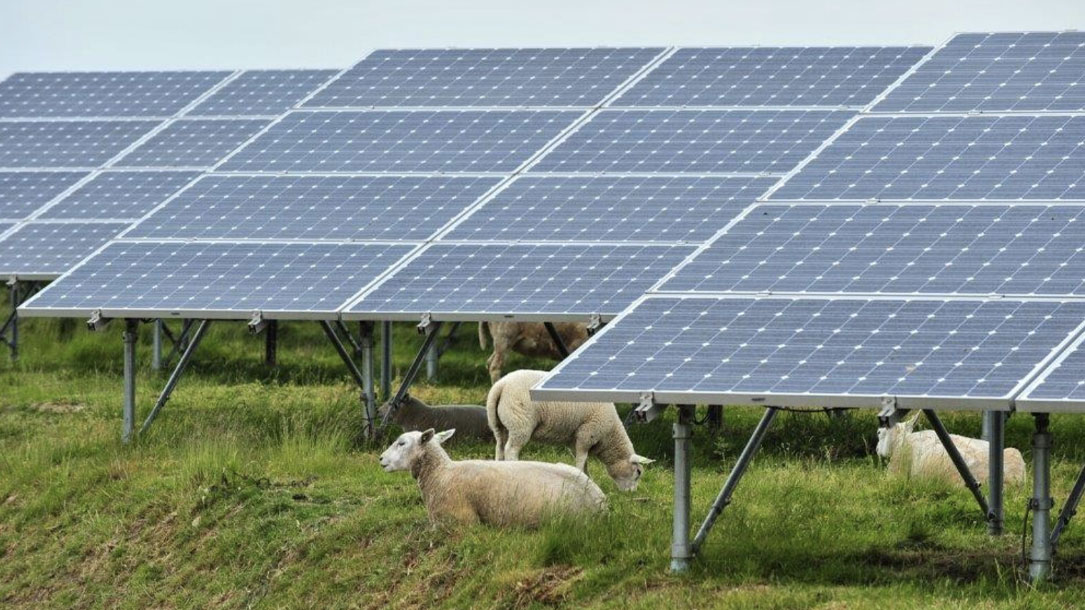Home > Climate News >

Largest agrivoltaic research project in U.S. advances renewable energy while empowering local farmers
Jack’s Solar Garden, a 1.2-MW solar farm in Boulder County, Colorado, is unique in that it represents the largest agrivoltaic research project in the United States and encompasses four types of vegetation at a single site.
According to [Byron] Kominek, he wanted the farm to be “a model for other small farms that want to keep their soils productive while taking advantage of the economic benefits that clean energy production can provide.”

Despite Capitol Hill enthusiasm for planting crops to store carbon, few farmers are doing it
A study published in Science Advances in 2018 found that planting cover crops has the potential to hold carbon in the soil or offset emissions, but only if it is scaled-up across hundreds of millions of acres. To put any meaningful dent in U.S. emissions, EWG’s analysis found, current “cover crop acres would have to increase fourteen-fold to get close to the number of acres needed to achieve a minicscule reduction.”
The findings come as cover crops, once an obscure concept far removed from the conversations of Washington politicians, have become central to legislation aimed at helping farmers control carbon emissions. Last week, the Senate passed the Growing Climate Solutions Act, designed to help farmers participate in carbon offset markets…

Food systems account for more than one third of global greenhouse gas emissions
Some two-thirds of the emissions from global food systems come from the land-based sector, comprising agriculture, land use and land use changes. That figure is higher for developing countries, but also declining significantly in step with decreasing deforestation and increasing downstream activities such as food processing and refrigeration.

Off-farm activities are a growing share of food-system greenhouse gas emissions
The research team that compiled the study consists of experts from Columbia University and NASA, several UN agencies and numerous policy-focused research centers. The open-access report, which builds on another recent data-rich food and agriculture organization of the United Nations study, offers the full spectrum of technical findings, and represents an important step for building a full database…
One emergent theme is that optimal greenhouse gas mitigation strategies require a focus on activities before and after farm production, ranging from the industrial production of fertilizers to refrigeration at the retail level, as this is the area where emissions are growing fastest — due in part to a slowdown in deforestation…

AFT welcomes solar and conservation specialist
American Farmland Trust welcomes Ethan Winter as the Northeast Solar Specialist. In this role, Winter will work across regional and national programs to help set and implement AFTs strategy for solar energy generation and farmland conservation. Winter joins AFT with an extensive background in solar development throughout the Northeast.

Restoration and solar team up
For over a year now, much of the SunCommon team has been working remotely, and all-staff gatherings have been suspended. But graced with good weather and increased access to vaccines amongst [their] staff, [they] paused operations for a day to give each other the opportunity to reconnect after a year apart, provide service to our community, and expand [their] mission impact by planting carbon-sequestering trees.
Check out the projects and organizations they worked with…

Quantifying economic and environmental benefits of soil health
Many farmers believe the scientific evidence that soil health practices improve soil and water quality. However, they are reluctant to change management techniques without knowing how much the soil health practices will cost or benefit them. So, AFT found “soil health successful farmers,” and conducted benefit-cost analyses.

The math is in: Soil health practices produce real return on investment
Our nation’s farmers and ranchers care deeply about the land. They want to use practices that improve soil health and protect water quality, like no-till or strip till, cover crops, and nutrient management.
But, farming is a business like any other. If the numbers don’t add up, it’s hard to make improvements that are good for the environment.

How solar energy can coincide with crop and animal agriculture
We’ve devoted millions of acres of land to growing crops and allowing farm animals to graze. Now, that land used for agriculture can have a dual purpose — to harness the sun’s rays and provide energy.

The future of solar relies on synergies between renewables development and the environment
As corporations and utilities continue to look to renewable energy to help them reach sustainability and renewable portfolio standard (RPS) commitments, solar development has flourished. According to the U.S. National Renewable Energy Laboratory, it’s predicted that utility-scale solar sites are on track to occupy nearly 2 million acres in the United States by 2030.












